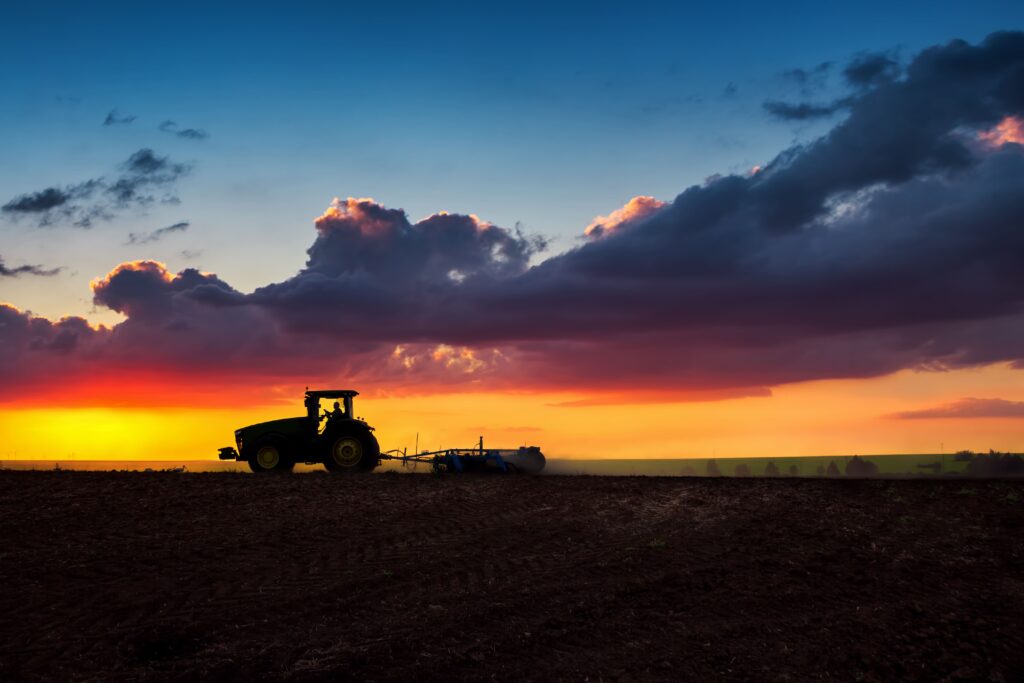Agribusiness continues to grow. In this heated and competitive market, those who can achieve greater precision and viability in their field operations come out ahead. agricultural implements are decisive to obtain these differentials.
USDA data reveals that US agriculture continues to expand.
Its GDPgrew by agricultural implements moving more than $134.7 billion.
With so many possibilities for profit, more and more entrepreneurs are investing in the sector. If this is your case, or even if you already have experience in the Agro segment, an excellent alternative to stand out is in the manufacturing of rotomolded components.
In this article, we will explain what goods you can produce with this technology, clarify its benefits over metal products, and how to purchase the best machine for your business.
What agricultural implements can be produced with rotational molding?
Widespread in the industrial sector, the rotational molding process is based on the transformation of thermoplastic inputs. They are shaped on specific machines to turn them into plastic parts.
The most widely used thermoplastics in industry are polyethylene, polypropylene and PVC. Polyethylene became the favorite of entrepreneurs who began to use it in the production of components for agricultural implementsWith it, it is possible to make items such as:
- Seed deposits;
- Tanks for depositing milk from milking machines;
- Water reserve;
- Sprayers;
- Food mixers;
- Fertilizers;
- Cyclones for crushers;
- Seeders;
- Fertilizer tanks;
- Components for tractors;
- And many others.
O polietileno pode ser utilizado em baixa, média ou alta densidade na rotomoldagem de implementos agrícolas, de acordo com a aplicação. Graças à sua versatilidade, ele permite produzir os mais diversos tipos de produtos. Entenda abaixo porque ele é o substituto perfeito para o metal.
Why is it worth replacing metal by plastic?
Investing in a good rotomolding machine for the agricultural implements segment is the best solution to differentiate your business from competitors that still produce metal components.
The market is increasingly aware of the benefits of this exchange, and you too need to understand the advantages if you want to win customers and take advantage of the best opportunities in the industry.
First of all, the plastic only depends on a mold and it is obtained in one piece. That is, you do not have to deal with the assembly of welded parts, nor with templates and tensioners in the completion.
In addition to assembly efficiency, rotomolded farm agricultural implements components are much more durable. Fertilizer storage containers made of metal, for example, last a maximum of 5 years. Polyethylene alternatives, on the other hand, don't corrode as much and last about 20 years.
The cost-benefit is another point that draws attention. Since the plastic parts are cheaper and last much longer, the products end up being cheaper. The same goes for their maintenance and replacement expenses.
While some manufacturers outsource manufacturing, others achieve better profit margins with in-house machines. Rotoline is a reference in the production of this type of equipment.






One Response
Thanks for your blog, nice to read. Do not stop.